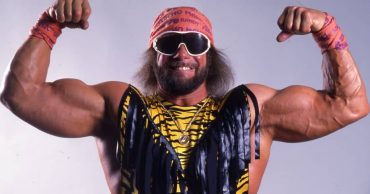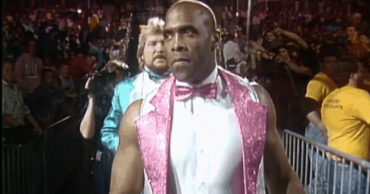
From WWE Rookie to Main Event Star
Before he became a Hollywood sensation, John Cena was synonymous with WWE. As a 13-time WWE Champion, Cena left an indelible mark on professional wrestling. However, not all fans look back fondly on the era that featured him. Cena’s WWE journey began in 2002 with an intriguing debut against WWE Hall of Famer Kurt Angle. Despite losing, this match against a main event star was an excellent way to introduce the rookie. WWE’s creative team soon ditched Cena’s bland initial look and gave him a gimmick that skyrocketed his popularity. The Doctor of Thuganomics may seem silly in hindsight, but it was undeniably entertaining. Even as a heel, Cena won over the WWE audience and eventually transitioned into the main event scene after a stint in the United States title picture.
When Cena entered the WWE title picture at WrestleMania 21, it felt like a natural progression, as he was the most popular name on the roster. His early career went smoothly until he began feuding with Chris Jericho. Although Cena’s career had advanced, his gimmick remained largely unchanged. He may have abandoned the Doctor of Thuganomics persona, but he wasn’t far removed from it. The growing chorus of boos signaled the beginning of a challenging period for Cena.
The Stagnation of John Cena’s Character
The issue with Cena was his inability to evolve his character. He became the epitome of a white meat babyface, a stark contrast to the Stone Cold Steve Austin era. Cena preached hustle, loyalty, and respect, but his morals were never truly tested. Over time, he became nearly invincible, making his matches highly predictable. The formula typically involved Cena taking a beating for most of the match, making a comeback with his signature moves, and ultimately winning with his finisher. Cena wasn’t a bad wrestler, but WWE’s mistake was making him virtually flawless. Cena desperately needed a heel turn; his character had grown stale, and audiences were tired of the goody-two-shoes act.
One could argue that Cena’s merchandise sales prevented WWE from turning him heel. However, this highlights another issue within the company: Why does Vince McMahon believe there can only be one face of the company? Imagine if Hollywood relied on a single celebrity to sell movies. The more stars WWE has, the better it is for the product. The Attitude Era featured multiple stars like The Undertaker, Mankind, Stone Cold Steve Austin, and The Rock, which is why it’s so highly regarded. WWE made it clear that it was John Cena and everyone else. If the company had diversified the upper card with a colorful cast of characters, the product wouldn’t have become so stale, and fans wouldn’t have abandoned it so quickly.
WWE’s Reluctance to Take Risks with Cena
WWE has taken risks with character changes in the past, turning Stone Cold Steve Austin heel (a significant mistake), as well as CM Punk and Becky Lynch. All three were extremely popular with the crowd, and WWE took a considerable risk by turning them. Company officials eventually turned Roman Reigns heel, and he’s reportedly still the top merchandise seller while doing some of the best work of his career.
The purpose of wrestling is simple: Heels and babyfaces are necessary because they need each other to get over. Heels are the obstacles that stand in the hero’s way, while babyfaces overcome those obstacles after a challenging journey. What’s the point of having a babyface if they can’t effectively put over the heel? Cena overcame the odds with ease, and no one felt like a credible threat to the former WWE Champion. The company needed new stars but stubbornly pushed everyone aside to keep Cena at the top. This frustrating approach prevented numerous potential top guys from taking the spotlight, leading to the infamous “LOL Cena wins!” meme.
This isn’t Cena’s fault, but a change was necessary. WWE’s refusal to deviate from the status quo meant ratings never came close to the heights of the Attitude Era, and money was left on the table because they didn’t want to put anyone over Cena for so long. Cena’s time was up long ago; it’s just a shame that the company didn’t get the message sooner.
 Follow Us
Follow Us





